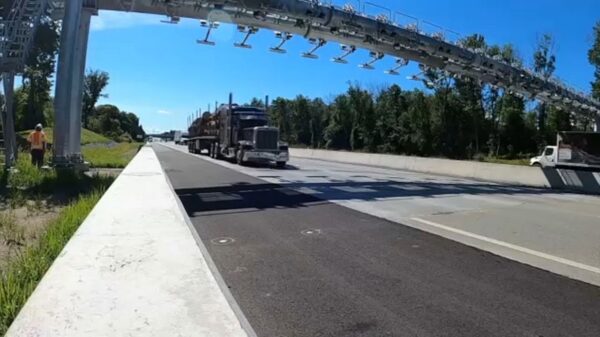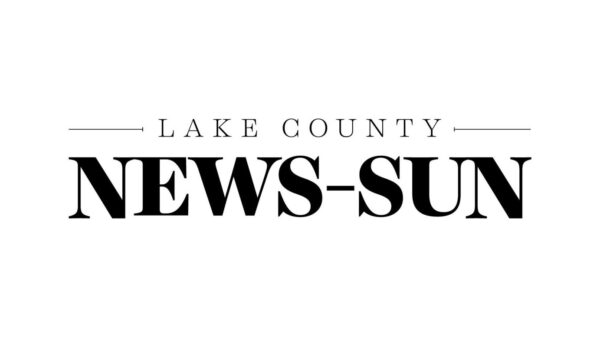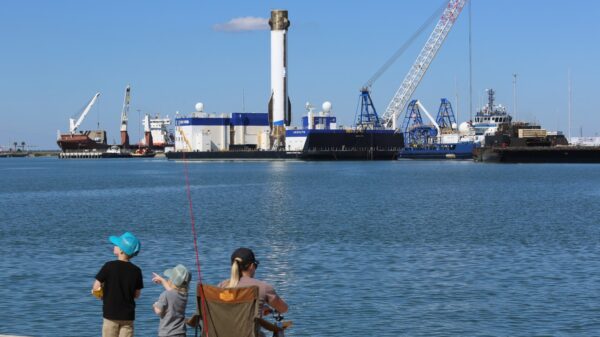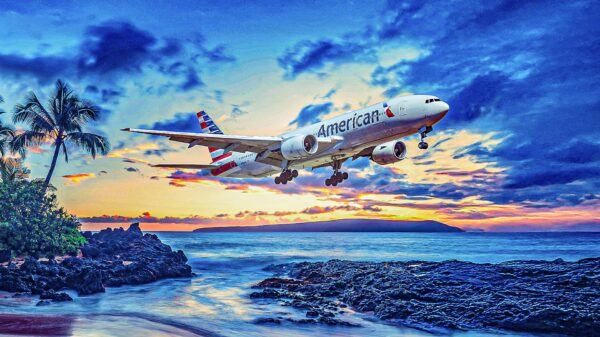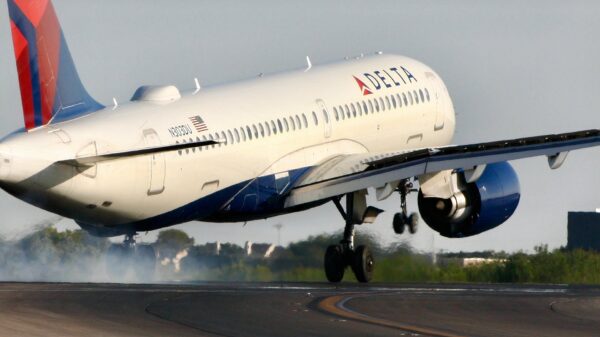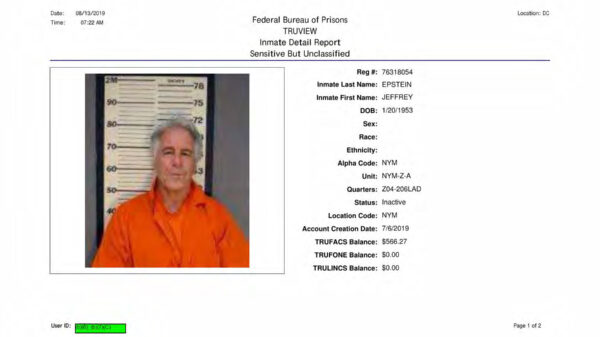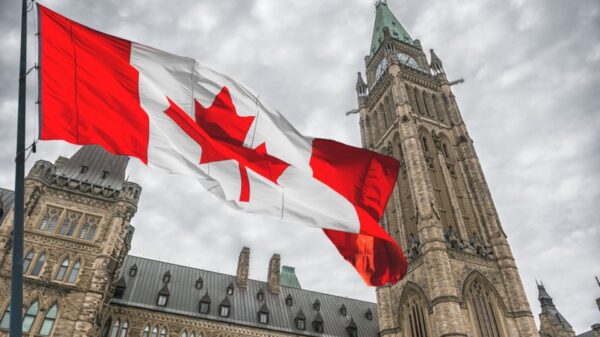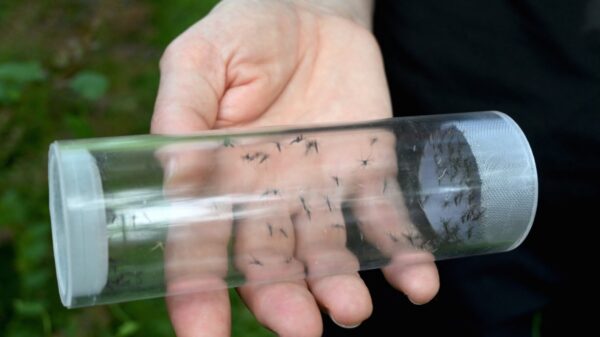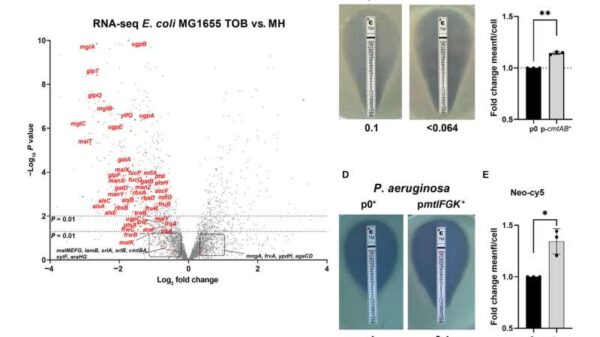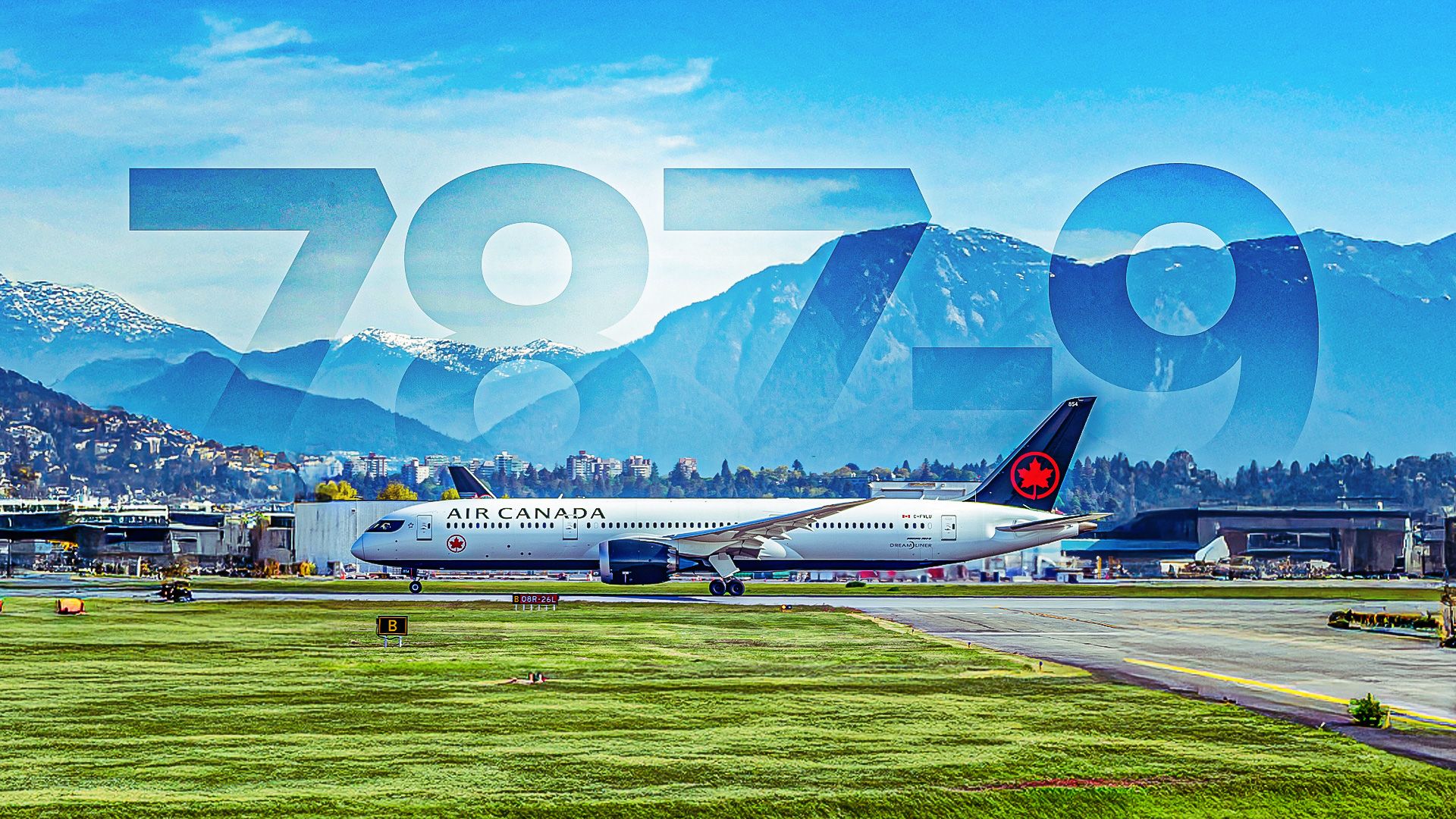Air Canada is ramping up its transborder flight offerings to the United States, scheduling a total of 10,356 flights this month. Despite ongoing political tensions between Canada and the US, this sector remains vital for the Canadian carrier. According to data from Cirium, the airline will provide 1,213,760 seats and 1,345,171,933 available seat miles (ASMs) across these routes.
The majority of these flights are operated by regional jets, with only 4,175 flights, approximately 40.3%, classified as mainline services by Air Canada. The airline predominantly utilizes the Airbus A220, A320, and Boeing 737 families for these regional operations, but it also incorporates widebody aircraft from the A330 and 787 series on select routes.
Key Routes for Widebody Aircraft
The Boeing 787-8 is slated for Air Canada’s most frequent widebody transborder flight this month. Specifically, 134 flights will feature widebody twinjets, with 50 of these operating between Toronto Pearson International Airport (YYZ) and Los Angeles International Airport (LAX). This route includes 25 flights in each direction, all scheduled daily until October 25, when the service will transition to the IATA Winter Schedule.
Additionally, the 787-8 will serve a single round trip between Montréal (YUL) and Fort Lauderdale (FLL) on October 31. Air Canada emphasizes the significance of the 787 family in its operations, stating: “Five years ago, we introduced our Boeing 787 Dreamliner aircraft on two routes with a dream of flying the flag to places we’d never been before. Today, those two routes have grown to 31 across five continents.”
Airbus A330-300 and Boeing 787-9 Offer Expanded Services
While the Boeing 787-8 services the most frequent route, the Airbus A330-300 will handle the largest number of different US corridors for Air Canada in October 2025. Among its routes, it will operate 11 flights from Montréal to Fort Lauderdale, which includes two daily flights from October 26-30 and one on October 31.
Fort Lauderdale is a crucial destination, as it accounts for two of the three A330-operated transborder routes, with additional flights from Toronto Pearson. The A330-300 will also make 12 rotations between Montréal and Los Angeles, although these are expected to cease after the upcoming schedule change.
Starting from October 25, Air Canada will also introduce the mid-sized Boeing 787-9 on its transborder routes. This aircraft will operate daily between Newark Liberty International Airport (EWR) and Vancouver (YVR). The eastbound flight has a scheduled block time of five hours and eight minutes, while the return flight is budgeted for five hours and fifty minutes, departing at 18:25 and arriving at 21:15 local time.
The Boeing 787-9 offers a larger capacity of 298 passengers with a three-class configuration, featuring 30 Signature business class flatbeds, 21 premium economy seats, and 247 economy seats.
As Air Canada continues to adapt its fleet and schedules, the expansion of widebody services reflects the ongoing demand for transborder travel. The airline’s strategic use of aircraft like the Boeing 787 and Airbus A330 positions it to meet the needs of passengers travelling between Canada and the United States.


